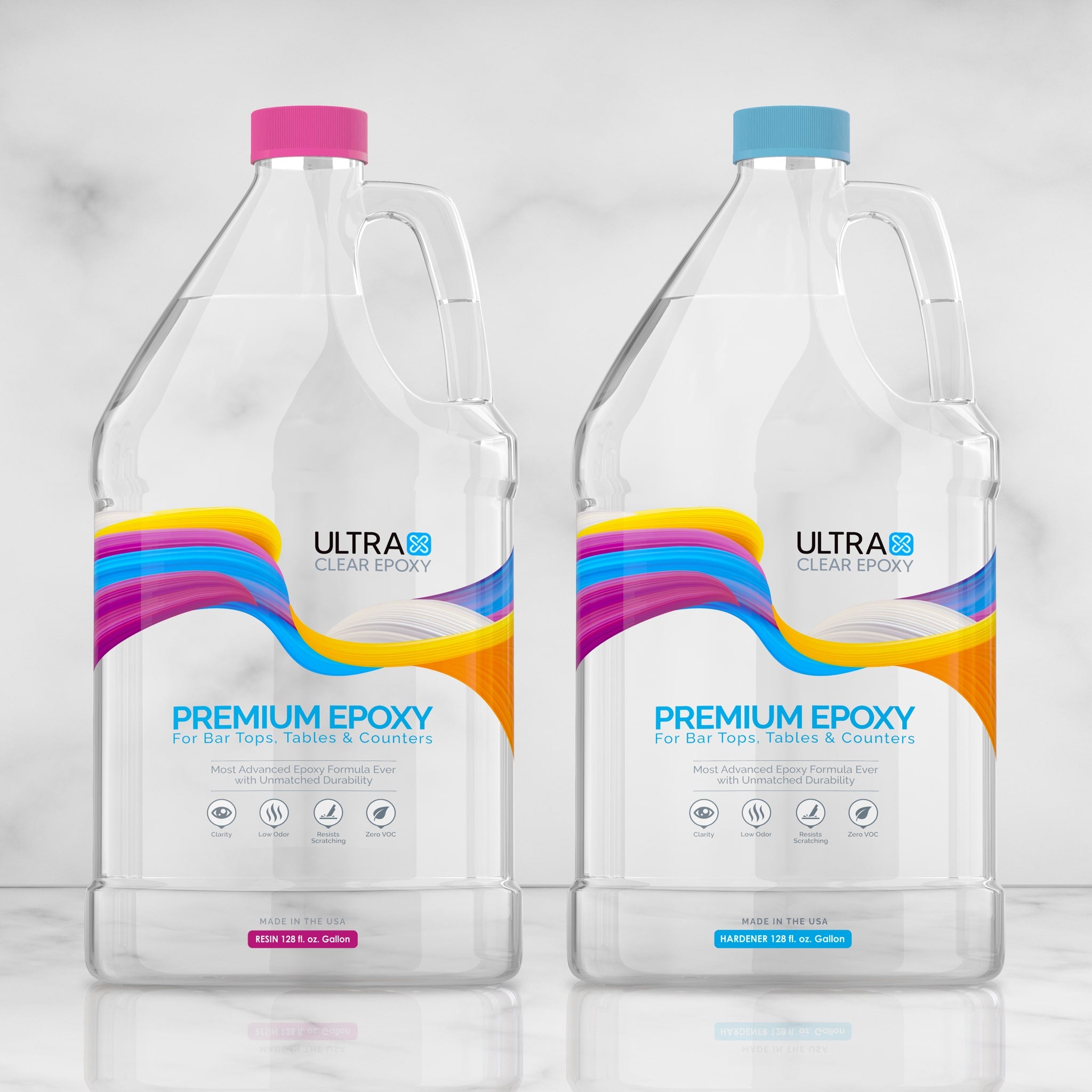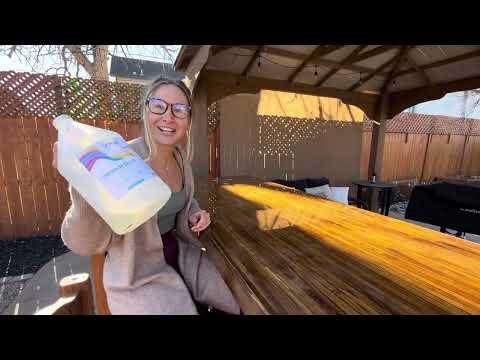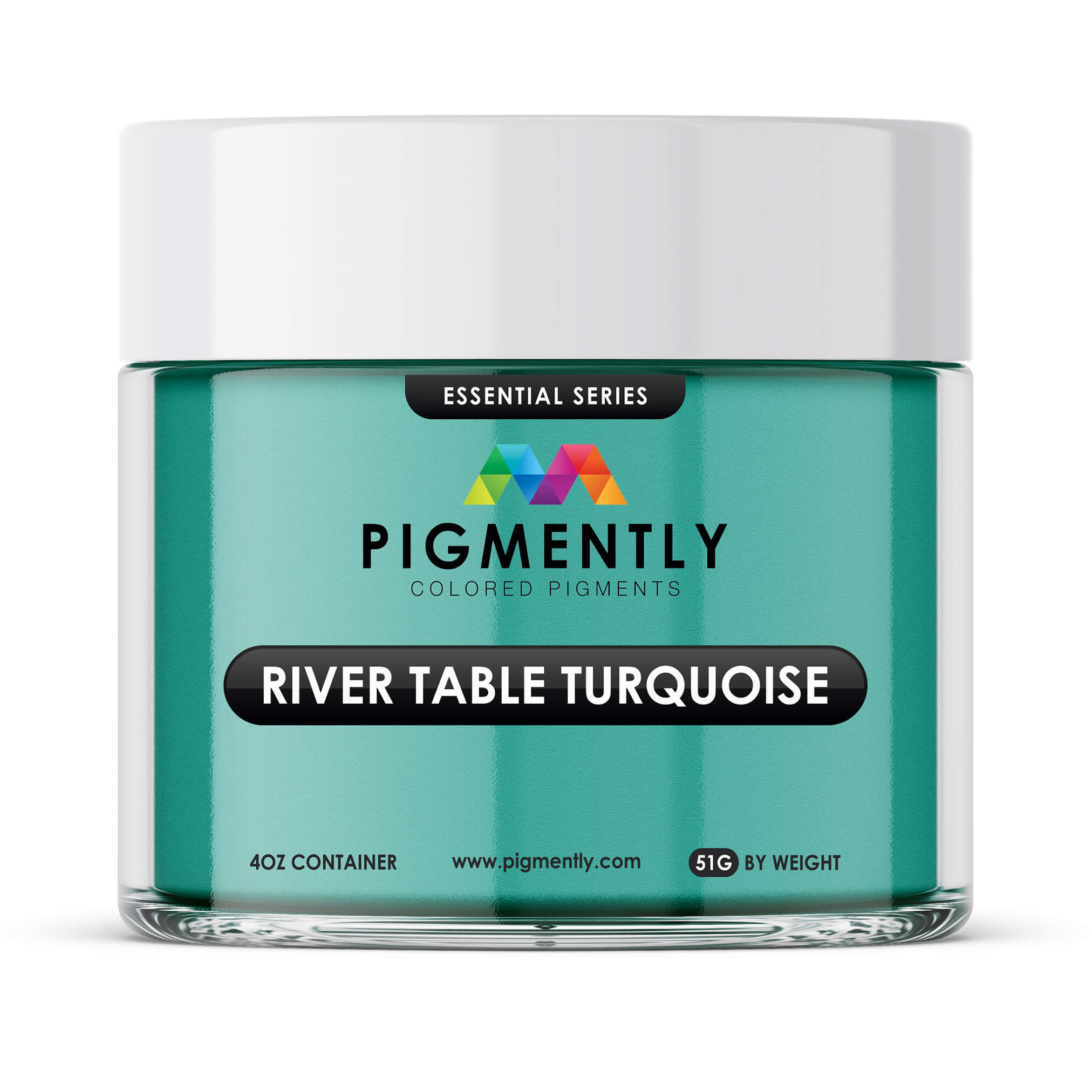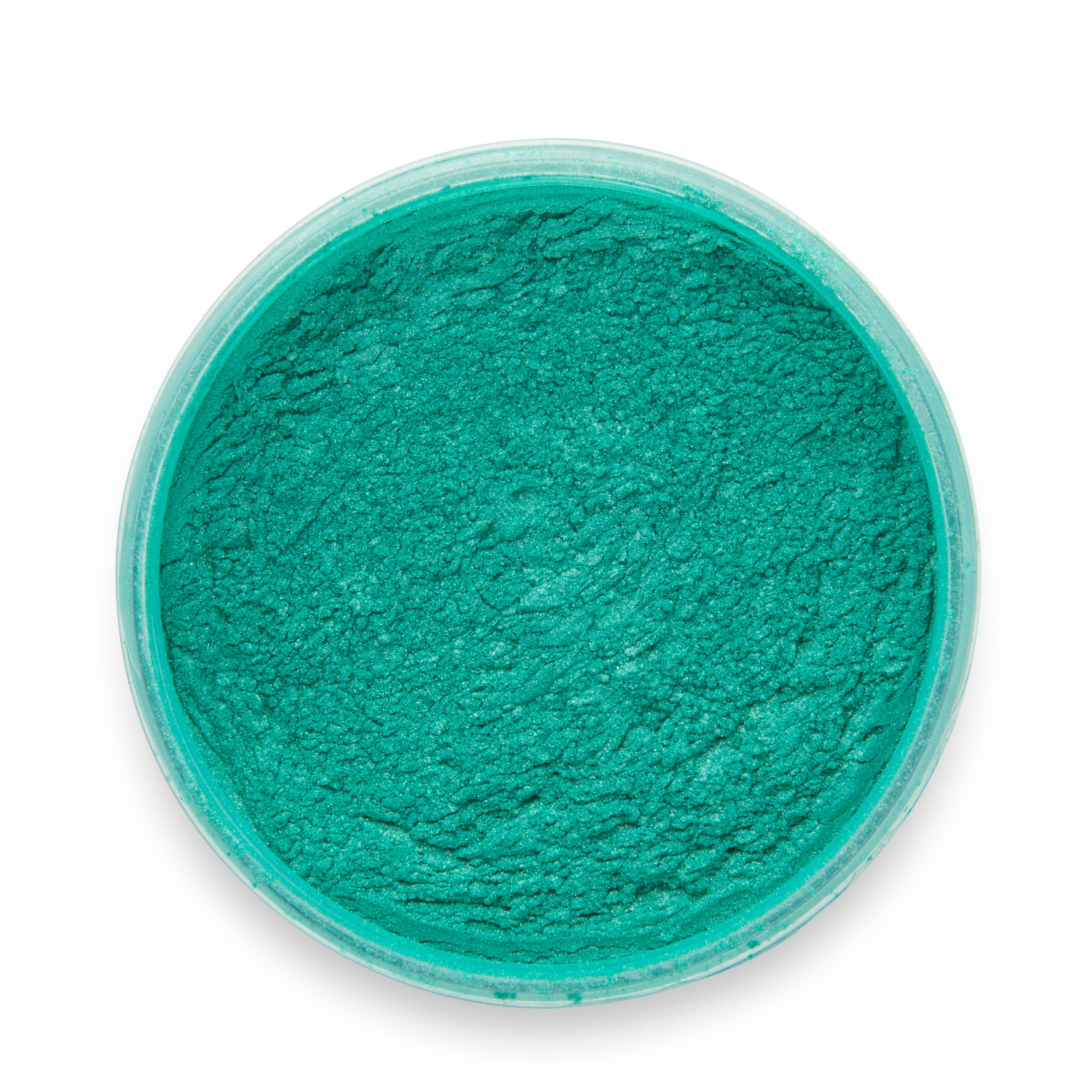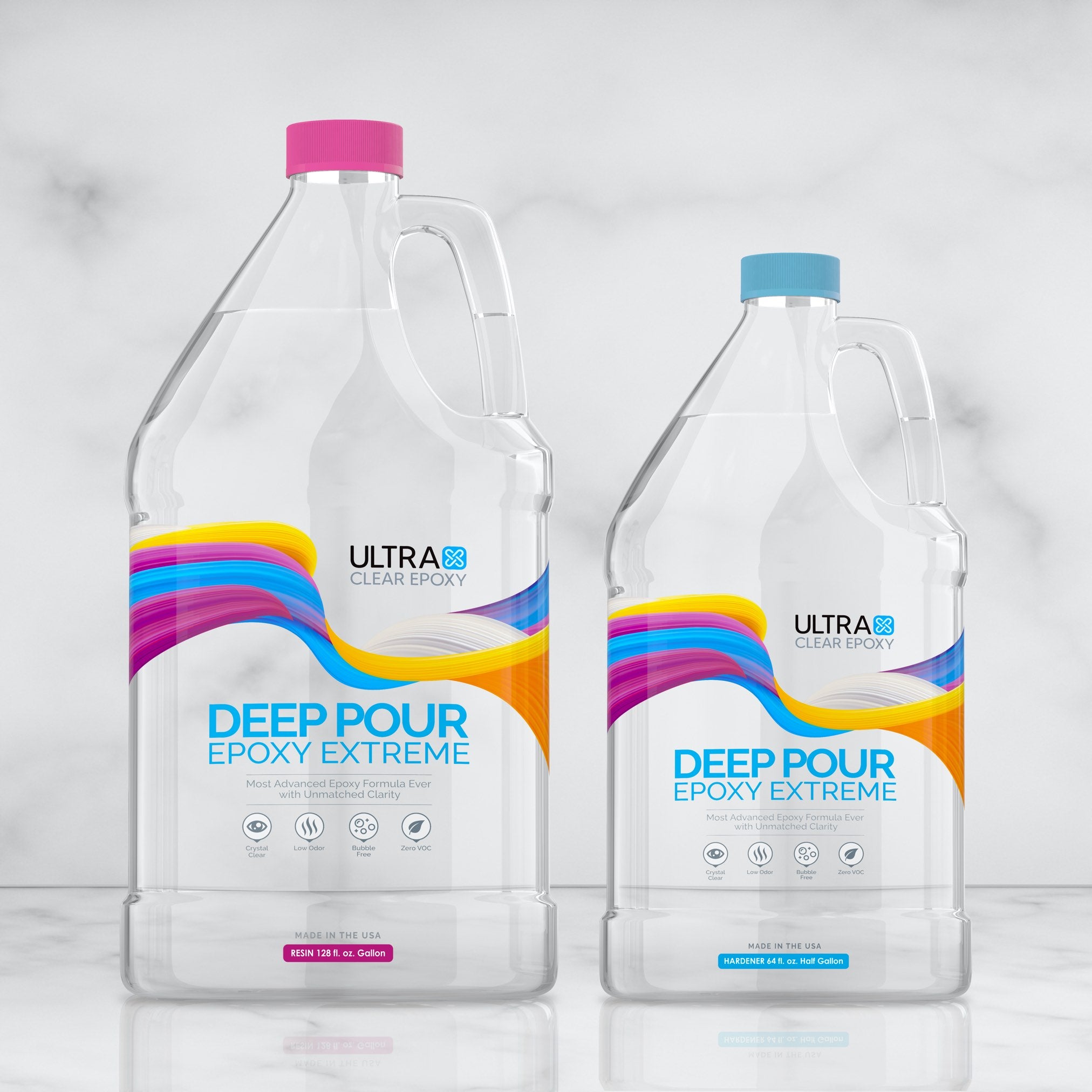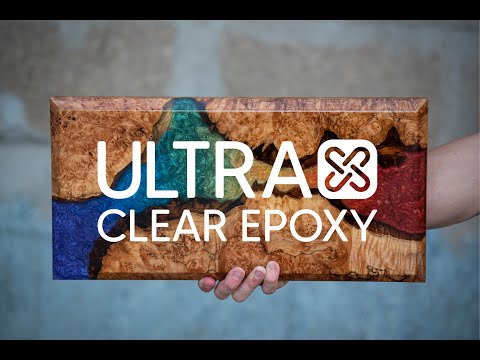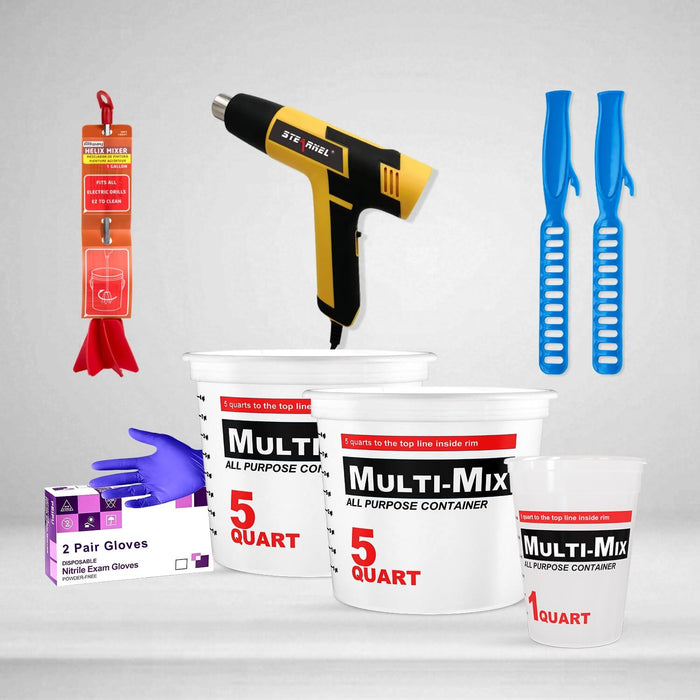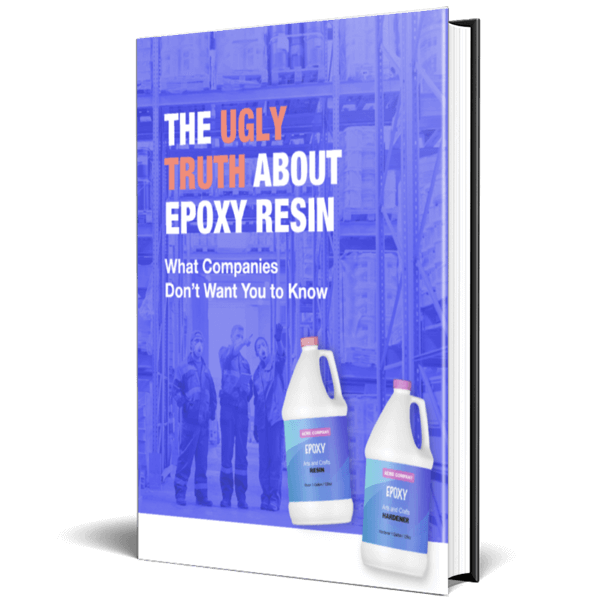Choosing the right finish for your outdoor bar top is an essential step toward ensuring a durable surface with aesthetic appeal and heavy protection against the elements. The ideal finish should be able to withstand exposure to sunlight, moisture, temperature fluctuations, and frequent use while still enhancing the natural beauty of the material.
In this article, we'll consider various options for finishing an outdoor bar top, then give our recommendation on the one that excels in this area. Here are some of the top options to consider:
Bar Top Finish #1: Epoxy Resin
Epoxy resin is a frequent choice for bar top finishing, both indoors and outdoors, due to its high durability, long-lasting lifespan, and ease of application. It's convenient and relatively safe application process means that it is commonly used not only by professionals but also amateur DIY users, without a need for significant experience.
Here's a list of pros and cons associated with epoxy:
Pros:
- Superb Durability: Epoxy resin creates a hard, durable surface that resists scratches, stains, and spills, making it ideal for high-traffic areas like bar tops.
- Waterproofing: Once cured, epoxy provides excellent waterproofing, protecting the underlying material from moisture damage.
- Aesthetic Flexibility: Epoxy can be tinted with pigments or dyes and can incorporate decorative elements like glitter, flakes, or embedded objects for a customized look.
- Clear Finish: It maintains the natural appearance of wood or other substrates, highlighting their grain and color.
Cons:
- UV Sensitivity: Standard epoxy can yellow or degrade when exposed to prolonged sunlight. However, UV-resistant epoxy formulations or adding UV inhibitors can mitigate this issue.
Best practices for outdoor use:
- Use UV-Resistant Epoxy: Opt for epoxy products specifically formulated to support outdoor use with UV stabilizers to prevent yellowing.
- Proper Sealing: Ensure the substrate is thoroughly sealed before applying epoxy to enhance adhesion and longevity.
- Maintenance: Regular cleaning and occasional top-up coatings can help maintain the epoxy finish.

Bar Top Finish #2: Marine-Grade Polyurethane
Marine-grade polyurethane is a synthetic resin similar to epoxy but with a few important differences. It requires more maintenance and upkeep, especially in outdoor environments. Reapplying it also becomes necessary much sooner than with epoxy.
Here are some other pros and cons of marine-grade polyurethane:
Pros:
- Excellent Water Resistance: Marine-grade polyurethane is designed to withstand harsh marine environments, making it highly effective against moisture and humidity.
- UV Protection: It often contains UV blockers that protect the surface from sun damage, reducing the risk of fading and yellowing.
- Flexibility: This finish remains flexible, accommodating wood expansion and contraction due to temperature and humidity changes without cracking.
Cons:
- Yellowing Over Time: Despite UV protection, some marine-grade polyurethanes may still yellow slightly over extended periods.
- Delamination: Polyurethane sometimes forms a weaker bond with the substrate than expected. This can lead to delamination, a process through which the cure polyurethane partially or fully detaches from the underlying substrate.
- Application: Requires multiple coats and careful application to achieve an even finish. Surface preparation is critical for optimal results.
Best Practices for Outdoor Use:
- Multiple Coats: For optimal protection, users should apply several thin coats to build up a thicker protective layer without leaving brush marks.
- Ventilation: Ensure adequate ventilation during application to allow proper curing and reduce fumes.
- Regular Maintenance: Reapply polyurethane periodically to maintain its protective qualities.

Bar Top Finish #3: Spar Varnish
Spar varnish is a type of finish primarily intended for wooden surfaces; it's particularly effective at repelling moisture and is considered a waterproof option. However, it does tend to be weaker than synthetic resins and demands greater upkeep.
Here's a list of the pros and cons of spar varnish:
Pros:
- Flexibility: Spar varnish is formulated to remain flexible, which helps prevent cracking in outdoor conditions where wood may expand or contract.
- UV Resistance: It includes UV blockers to protect against sunlight-induced damage.
- Waterproofing: Provides a strong barrier against moisture, preventing wood rot and warping.
Cons:
- Appearance: Spar varnish may impart a slight amber tint to the wood, altering its natural color.
- Durability: While durable, spar varnish might not be as hard as epoxy or marine-grade polyurethane, making it more susceptible to scratches and wear over time.
Best Practices for Outdoor Use:
- Proper Application: Apply multiple thin coats, allowing each to dry thoroughly before the next.
- Surface Preparation: Sand the wood surface to ensure smoothness and better adhesion of the varnish.
- Maintenance: Regularly inspect and reapply varnish as needed to maintain protection.

Bar Top Finish #4: Outdoor-Grade Polycrylic
Polycrylic is another type of finish designed specifically for wooden surfaces. It's cheaper than synthetic resins like epoxy but far less durable or resilient, requiring regular reapplication or supplementary protection.
Here is a list of pros and cons for outdoor-grade polycrylic:
Pros:
- Clear Finish: Provides a transparent protective layer that preserves the natural look of the wood.
- Ease of Application: Generally easier to apply than epoxy or polyurethane, with quicker drying times.
- Low Odor: Emits fewer fumes, making it more user-friendly during application.
Cons:
- Durability: Polycrylic is not as durable or water-resistant as epoxy or marine-grade polyurethane, making it less suitable for heavy use.
- UV Resistance: May offer limited UV protection compared to other finishes, potentially leading to fading or yellowing.
Best Practices for Outdoor Use:
- Frequent Reapplication: Due to lower durability, users can expect to reapply polycrylic more often to maintain protection.
- Protective Measures: Use additional barriers like tablecloths or coasters to minimize direct exposure to moisture and UV light.
Our Recommendation: Epoxy Resin with UV Protection
For an outdoor bar top, epoxy resin with UV-resistant formulations stands out as the best finish option due to its combination of durability, waterproofing, and aesthetic versatility. Here’s why:
- Comprehensive Protection: Epoxy resin guards against physical damage, moisture, and chemicals, ensuring the bar top remains pristine despite frequent use and exposure to spills.
- Aesthetic Appeal: The clear, glossy finish of epoxy enhances the natural beauty of the wood, providing a sleek and modern look that is both functional and visually appealing.
- Customization: With the ability to add pigments, dyes, and decorative elements, epoxy allows for personalized designs that can make your outdoor bar top unique.
Application Tips for Epoxy Resin:
- Surface Preparation: Clean and sand the wood thoroughly to ensure proper adhesion.
- Mixing: Follow the manufacturer’s instructions for mixing resin and hardener accurately to avoid curing issues.
- Pouring: Apply epoxy in a controlled environment to minimize bubbles and ensure an even finish.
- Curing: Allow sufficient time for curing in a temperature-controlled space to achieve optimal hardness and clarity.
- Protection: Consider adding a UV-resistant topcoat for additional protection against sunlight.
Epoxy resin: Not invincible—but as close as it gets.
As with any material, epoxy resin has both pros and cons. But no other sealant has so few weaknesses, and that's what puts epoxy above all other options when it comes to being a finish for high-traffic fixtures and furniture such as countertops, table tops, and bar tops. This is especially true for premium epoxy resins, such as our UltraClear products.
You can find our UltraClear Epoxy products on the following pages:
- UltraClear Bar & Table Top Epoxy: The classic choice for bar tops, countertops, and table tops. Rock-solid, waterproof, and crystal-clear.
- UltraClear Deep Pour Epoxy: Our deep pour casting resin. Ideal for thick layers, such as those needed for river tables.
- UltraClear Art & Craft Epoxy: Our arts and crafts resin, designed for smaller artistic endeavors which typically involve resin molds and require a bit more fluidity than bar top epoxy.
With high chemical and physical resistance, epoxy can withstand and endure many forms of wear and tear without breaking a sweat or showcasing any cosmetic damage.
Plus, in addition to its ease of application, it also requires little upkeep to maintain its pristine appearance. With a high-quality epoxy finish, you can expect a minimum lifespan of 7 years, with no need for reapplication. Beyond that, it's a breeze to renew that coating, requiring only a light sanding and a fresh layer of epoxy.





